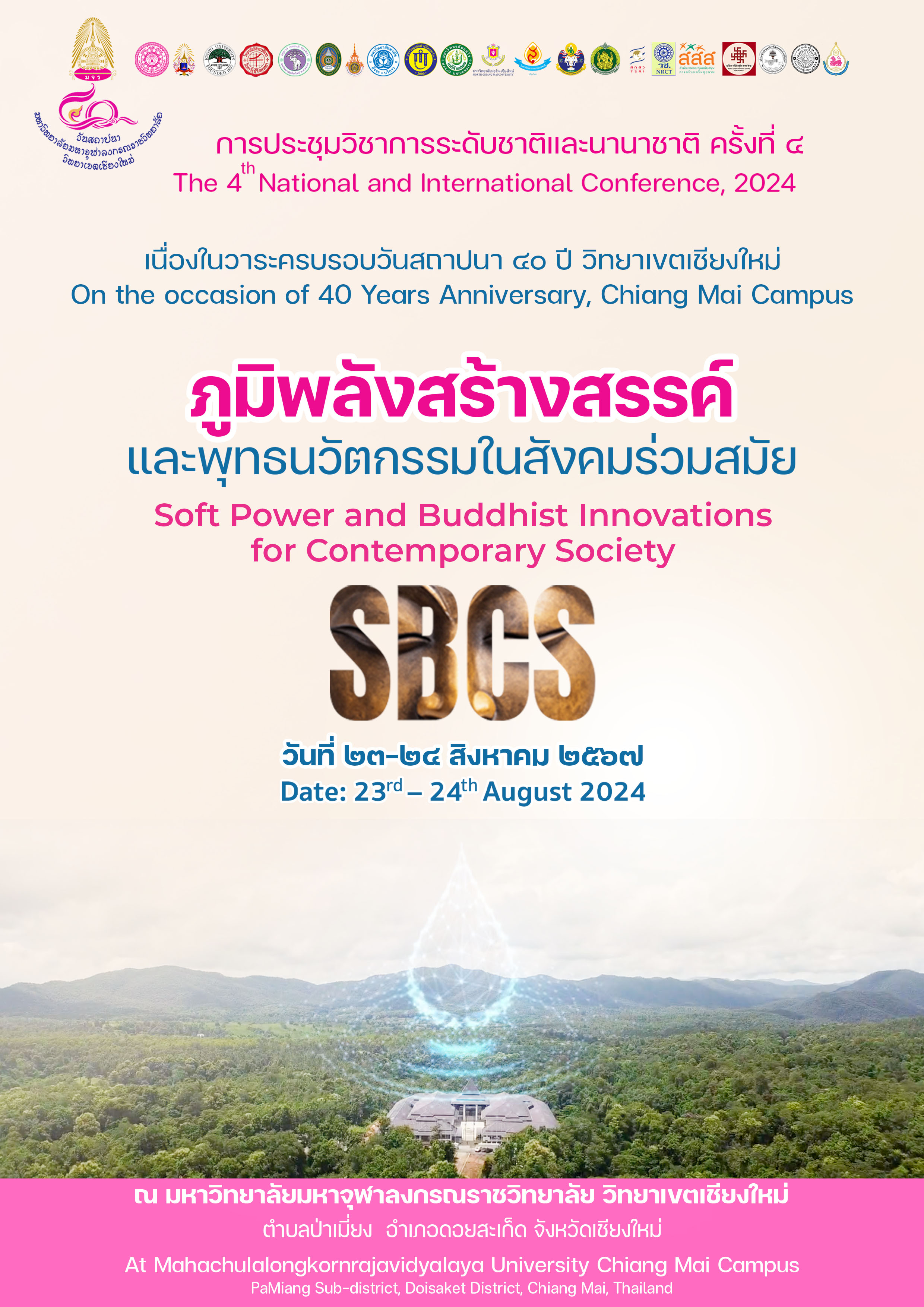The Digital Arts Creation in the Modern World’s Innovation
Abstract
In the modern era, the integration of technology and art has
fundamentally transformed the creative landscape, giving rise to new forms of artistic expression and innovation. This article explores the impact of technological advancements, such as artificial intelligence (AI), digital tools, virtual reality (VR), and augmented reality (AR), on the creation, distribution, and consumption of art. The fusion of traditional artistic methods with contemporary digital tools has not only expanded the possibilities for artists but has also challenged conventional notions of authorship, originality, and the role of the artist. AI-driven art, for instance, has introduced new ways of generating and interpreting art, often blurring the lines between human creativity and machine-generated content. Moreover, digital platforms and social media have democratized art, allowing for greater accessibility and global reach. However, this technological shift also
raises ethical concerns, particularly regarding the authenticity and sustainability of digital art. The article delves into these complexities, examining how the
ongoing dialogue between art and technology continues to push the boundaries of what is possible, ensuring that art remains a dynamic and evolving force in the digital age. Through this exploration, the article highlights the transformative effects of technology on modern art and offers insights into the future directions of

